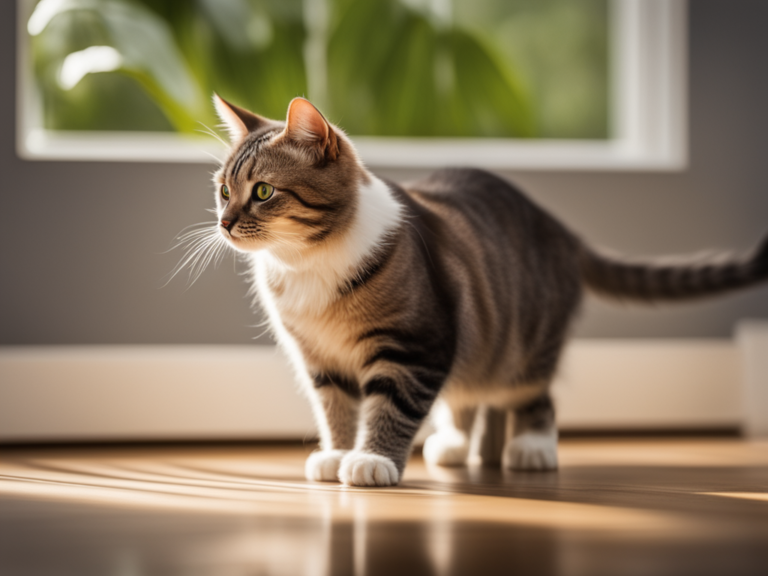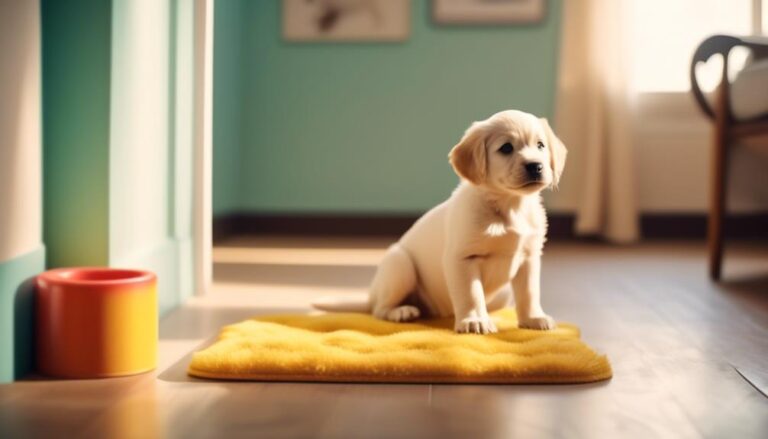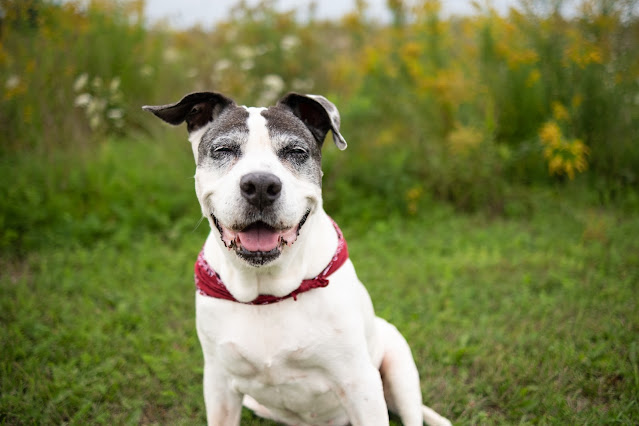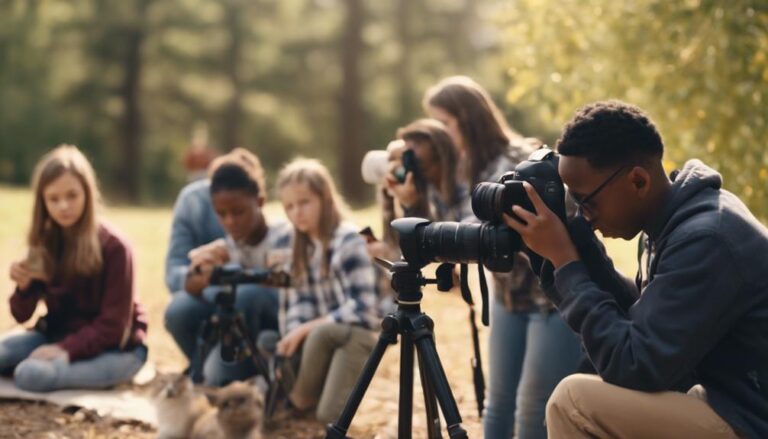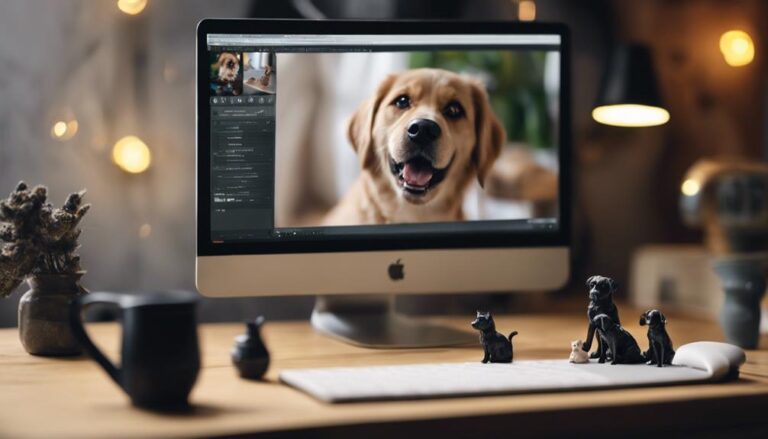Enhance your pet photos with specialized post-processing training. Elevate your images to a professional level – vibrant colors, sharp details, engaging compositions. Discover how to make your pictures stand out. Learn new techniques to bring out the best in your pet portraits. Set yourself apart with creative effects and high-quality editing skills. You have so much to gain from this specialized training.
Importance of Post-Processing
Understanding the importance of post-processing in pet photography is essential for enhancing the quality of your images. Image retouching plays a vital role in perfecting your pet photos by allowing you to correct imperfections, adjust colors, and enhance details that may not have been captured perfectly during the initial shoot. Through post-processing, you can bring out the best in your pet portraits, making them truly stand out.
Visual enhancement is another key aspect of post-processing that shouldn't be overlooked. By utilizing tools and techniques to adjust brightness, contrast, and sharpness, you can elevate the overall visual appeal of your pet photos. Whether you're looking to create a vibrant and dynamic image or a soft and dreamy aesthetic, post-processing gives you the flexibility to achieve your desired look.
Moreover, post-processing allows you to express your creativity and add a personal touch to your pet photos. Whether you want to create a black and white masterpiece, add artistic effects, or composite multiple images together, the possibilities are endless. By mastering the art of post-processing, you can take your pet photography to new heights and create stunning images that truly capture the essence of your furry subjects.
Choosing the Right Software
When selecting the right software for your pet photography post-processing, consider essential factors like user-friendliness and compatibility with your editing style. Look for features that will enhance your workflow and make the editing process smoother. Efficient software can help you achieve professional results in less time.
Software Selection Tips
To select the right software for post-processing your pet photography, consider your specific editing needs and workflow requirements. When choosing the perfect software, keep in mind software compatibility and user experience. Additionally, think about your editing styles and aesthetic preferences to guarantee the software aligns with your creative vision. Here are three essential tips to assist you in your software selection process:
- Assess Software Compatibility: Verify that the software you choose is compatible with your operating system and camera file format.
- Take into Account User Experience: Opt for software with an intuitive interface that fits your editing style and workflow.
- Reflect on Editing Styles: Select software that complements your aesthetic preferences and provides tools to enhance your pet photography creatively.
Editing Tool Features
Consider the specific editing tools and features that align with your pet photography post-processing needs when selecting the right software. Look for software that offers advanced techniques like layering, masking, and retouching capabilities tailored for pet photography. Custom presets can also be a game-changer, allowing you to apply consistent edits across multiple images with a single click. Make sure the software supports the file formats you commonly work with, such as RAW files, to maintain the highest image quality throughout the editing process. By choosing software that caters to pet photography requirements, you can streamline your editing workflow and achieve professional results efficiently.
Workflow Efficiency Tips
Verify that the software you select for your pet photography post-processing fits seamlessly with your workflow needs. When choosing the right software, consider tools that can aid in time management, organization, streamlining, and productivity. Here are three key factors to keep in mind:
- Integration: Opt for software that integrates well with your current workflow processes to minimize disruptions and enhance efficiency.
- Automation: Look for features that automate repetitive tasks such as batch editing or preset application, saving you time and effort.
- Collaboration: Choose software that allows for easy collaboration with clients or team members, facilitating smoother communication and project management.
Basic Editing Techniques
How can you enhance your pet photos through simple editing techniques? When it comes to basic editing techniques for pet photography, there are a few key strategies that can make a significant difference in the quality of your images. Starting with contrast enhancement and sharpening techniques, adjusting these settings can help make your pet photos pop. By increasing the contrast, you can create a more vital range between light and dark areas, adding depth and visual interest to your images. Sharpening techniques can help bring out the fine details in your pet's fur or eyes, making them appear clearer and more defined.
Lighting adjustments are also essential in pet photography. You can play with the brightness and exposure settings to validate that your pet is well-lit and the colors are vibrant. Additionally, cropping strategies can help you frame your pet photos more effectively. By cropping out distracting elements or adjusting the composition, you can draw more attention to your furry subject.
Incorporating these basic editing techniques into your pet photography workflow can take your images to the next level, making them more professional-looking and visually appealing. Experiment with these techniques to see how they can enhance your pet photos and bring out the best in your furry friends.
Color Correction Tips
When editing pet photos, remember to adjust the white balance to guarantee accurate colors. Enhancing vibrancy can make your pet's fur or eyes pop in the final image. These color correction tips will help bring out the best in your pet photography.
White Balance Adjustment
For a more accurate and visually appealing final image, adjust the white balance to make sure colors are rendered correctly in your pet photography post-processing. Here are three essential tips for white balance adjustment:
- Temperature Adjustment: Fine-tune the temperature to eliminate any unwanted color casts and guarantee a natural look in your pet photos.
- Exposure Correction: Adjust the exposure levels to brighten or darken the image as needed, enhancing the overall appearance of your pet photography.
- Color Balance and Skin Tone Adjustment: Ensure the color balance is harmonious and make necessary adjustments to maintain accurate and pleasing skin tones in your pet portraits.
Enhancing Vibrancy
To enhance the vibrancy and bring out the rich colors in your pet photography post-processing, focus on utilizing color correction techniques that elevate the visual appeal of your images. Start by incorporating vibrant color grading to make the colors in your pet photos pop. Adjust the saturation levels selectively to enhance specific colors without overdoing it. Vibrant color grading involves enhancing the overall color palette of your image to create a more striking and visually appealing result. Additionally, using saturation adjustment allows you to fine-tune the intensity of colors, making them more vibrant and eye-catching. By mastering these techniques, you can achieve photos that captivate viewers with their vivid and lifelike colors, adding depth and interest to your pet photography.
Enhancing Pet Portraits
How can you make your pet portraits truly stand out in post-processing? Enhancing pet portraits involves more than just adjusting colors and contrast. To make your pet photos engaging and professional, consider the following:
- Utilize Current Pet Photography Trends: Stay updated on the latest trends in pet photography to make sure your portraits are modern and appealing. Whether it's capturing candid moments, incorporating creative props, or experimenting with unique angles, following trends can add a fresh and exciting touch to your pet portraits.
- Master Lighting Techniques: Lighting plays an essential role in enhancing pet portraits. Experiment with different lighting setups to create depth and dimension in your images. Whether you prefer natural light for a soft and airy feel or artificial lighting for a dramatic effect, understanding how light interacts with your subject can greatly elevate the quality of your pet portraits.
- Focus on Expressions and Emotions: Pets are full of personality, so focus on capturing their unique expressions and emotions. Whether it's a playful look, a curious gaze, or a contented smile, emphasizing the emotions in your pet portraits can make them more engaging and memorable. Pay attention to their eyes, as they often convey the most emotion in a photograph.
Removing Unwanted Elements
When refining your pet portraits in post-processing, a key aspect to ponder is the essential removal of any unwanted elements that may detract from the focal point of your image. Background elimination and composition enhancement play vital roles in ensuring that your pet stands out against a clean and uncluttered backdrop. By eliminating busy or distracting backgrounds, you can direct the viewer's attention solely to your furry subject, creating a more impactful and visually appealing image.
Object elimination is another important technique to contemplate when aiming to minimize distractions in your pet portraits. Sometimes, elements such as leashes, toys, or other unwanted objects can find their way into your photos, detracting from the overall aesthetic. Through object removal in post-processing, you can seamlessly erase these distractions, allowing your pet to remain the main focus of the photograph.
Adding Creative Effects
Consider enhancing your pet portraits by incorporating creative effects that elevate the visual appeal and uniqueness of your photographs. By adding creative filters, artistic effects, and utilizing unique overlays with texture blending, you can transform your pet photography into stunning works of art.
- Experiment with Creative Filters: Explore various creative filters available in post-processing software to add a touch of individuality to your pet portraits. Filters like watercolor, oil painting, or vintage effects can give your photos a different look and feel, making them stand out.
- Incorporate Artistic Effects: Enhance the mood and atmosphere of your pet portraits by incorporating artistic effects such as soft focus, vignetting, or selective coloring. These effects can help draw attention to your pet and create a more engaging image.
- Utilize Unique Overlays and Texture Blending: Add depth and interest to your pet portraits by using unique overlays and blending textures into your photos. Experiment with overlaying textures like wood grain, fabric patterns, or light leaks to create a visually striking composition that complements your pet's features.
Batch Processing Efficiency
To maximize your workflow and save time, streamline your pet photography post-processing by implementing efficient batch processing techniques. Time-saving techniques are essential in managing a large volume of pet photos efficiently. When editing multiple images, utilize editing shortcuts like presets and actions to apply consistent adjustments across the batch. Streamlining processes through batch editing allows you to make quick adjustments to color, exposure, and sharpness simultaneously, ensuring a cohesive look across your pet photography collection.
Batch processing efficiency not only saves time but also helps maintain a consistent editing style throughout your work. By creating presets or using batch editing functions in editing software, you can quickly apply basic adjustments to a group of photos, reducing the need for manual edits on each image. This method is particularly useful when working with similar lighting conditions or settings across multiple images.
Utilizing quick adjustments during batch processing can notably speed up your post-processing workflow. Instead of editing each photo individually, you can apply edits to a group of images at once, making necessary tweaks as needed. By incorporating these time-saving techniques and editing shortcuts into your workflow, you can enhance efficiency and productivity in your pet photography post-processing.
Final Touches and Exporting
Maximize the impact of your pet photography by perfecting the final touches and efficiently exporting your edited images. After you've made your final adjustments to your pet photographs, it's essential to make sure that the exporting process is done effectively to maintain the quality of your images. Here are some key points to focus on:
- Exporting options: When exporting your pet photos, consider the various choices available in your editing software. Choose the file format that best suits your needs, whether it's JPEG for easy sharing or TIFF for higher quality. Additionally, pay attention to resolution settings to ensure your images look crisp wherever they are viewed.
- Exporting settings: Pay close attention to the exporting configurations to maintain the quality of your images. Adjust parameters like color space, compression level, and metadata settings to preserve the integrity of your pet photography. By fine-tuning these settings, you can guarantee that your images appear just as you intended them to be.
- Final adjustments: Before exporting your images, make any final touches necessary to enhance the overall look of your pet photography. Check for any last-minute edits, such as cropping, exposure adjustments, or color corrections, to make certain that your photos are polished and ready for export.
Frequently Asked Questions
How Can I Ensure That My Post-Processed Pet Photos Still Look Natural and Not Overly Edited?
Make sure your post-processed pet photos maintain a natural look by focusing on natural lighting and color correction. Enhance textures subtly and blur the background to draw attention to your furry friend without overpowering the image.
Are There Any Specific Techniques for Editing Pet Photos That Differ From Editing Human Portraits?
When editing pet photos, consider their unique features and personalities. Use techniques like enhancing fur textures and adjusting colors to highlight their character. Lighting plays an essential role in capturing their essence. Experiment with pet photography trends for inspiration.
Can You Provide Tips for Managing a Large Volume of Pet Photos for Post-Processing Efficiently?
To efficiently manage a large number of pet photos for post-processing, start by organizing them into folders. Use batch processing for quicker edits. Implement color corrections and retouching consistently across similar images to streamline your workflow.
What Are Some Common Mistakes to Avoid When Editing Pet Photos?
When editing pet photos, avoid overdoing lighting adjustments and color corrections. Be careful with background removal to maintain the pet's natural look. Also, watch out for excessive noise reduction, as it can make the image lose detail.
How Can I Maintain Consistency in Editing Style Across a Series of Pet Portraits?
To maintain consistency in editing style across a series of pet portraits, you should establish a reliable editing workflow. Balancing your unique style while batch processing can help tackle the consistency challenge. Streamlining these processes will enhance your final results.
Conclusion
Now that you've learned the importance of post-processing in pet photography and the basic editing techniques, you can take your pet portraits to the next level. Remember to choose the right software, utilize color correction tips, and add creative effects to enhance your images. With practice and patience, you'll be able to transform your pet photos into stunning works of art that truly capture the essence of your furry friends. Keep honing your skills and have fun with it!



